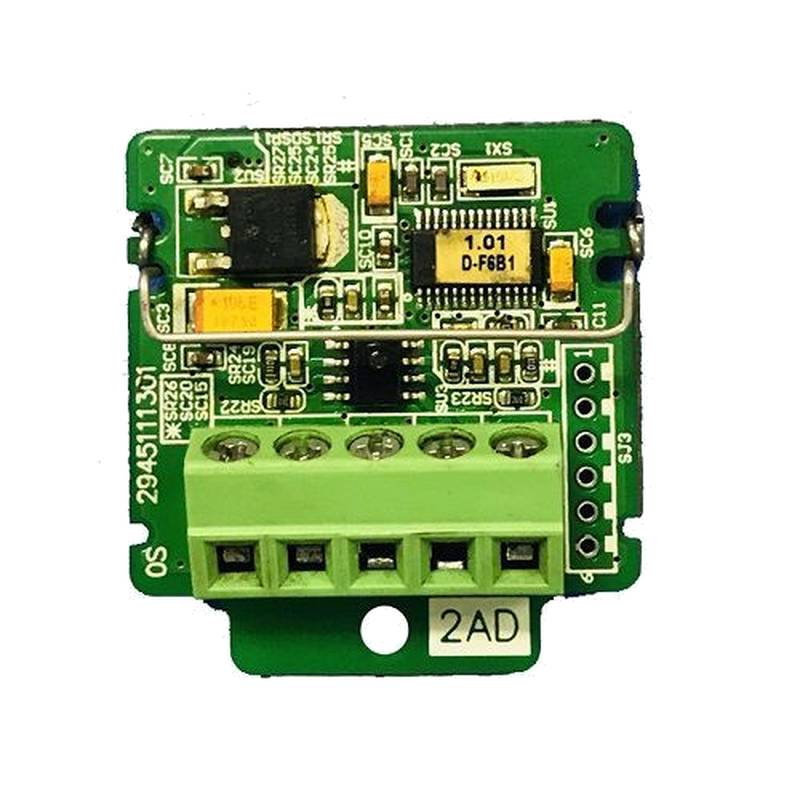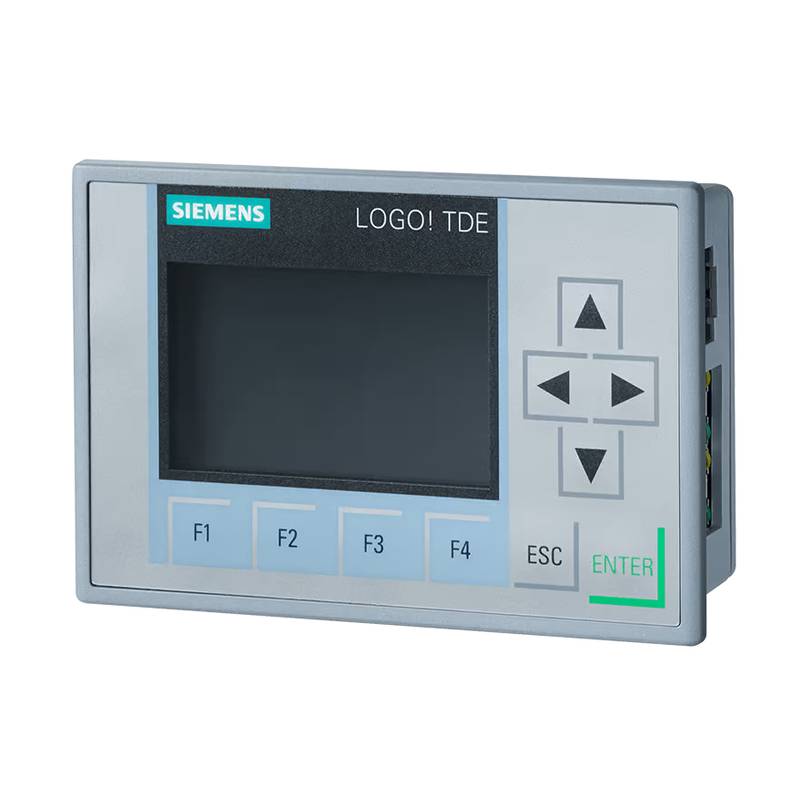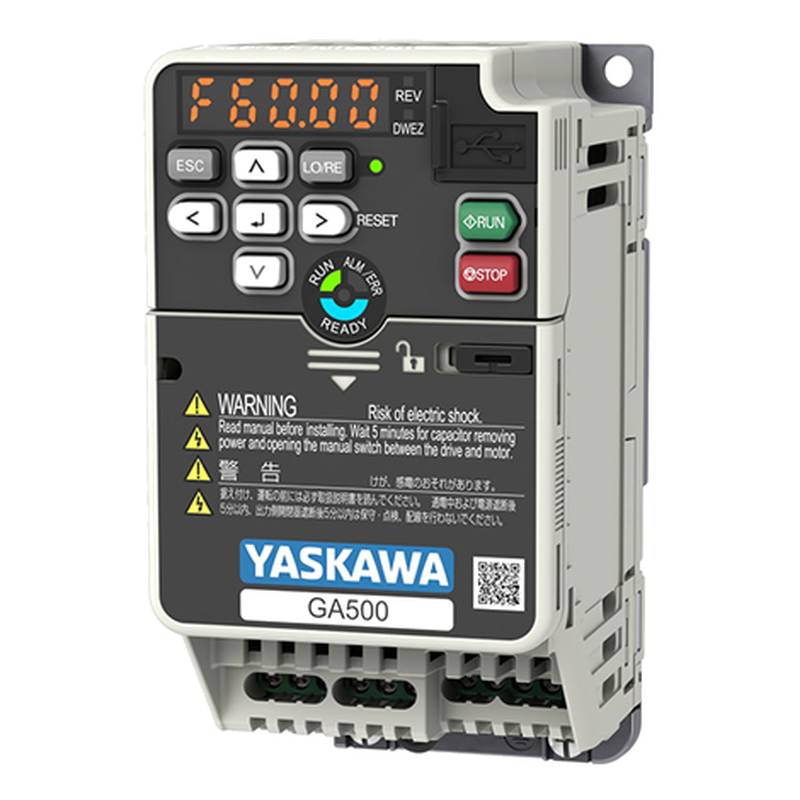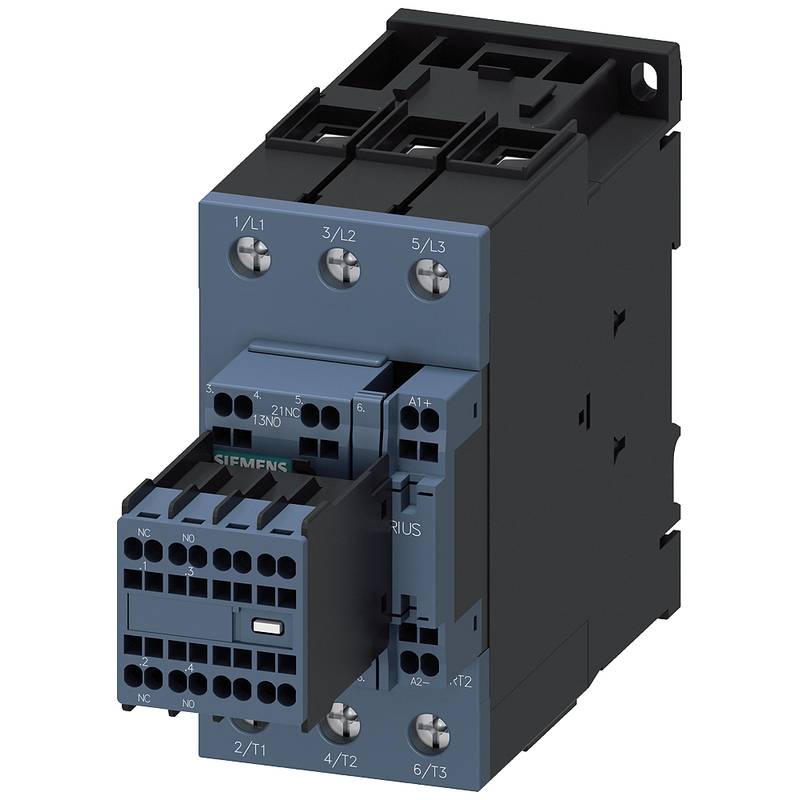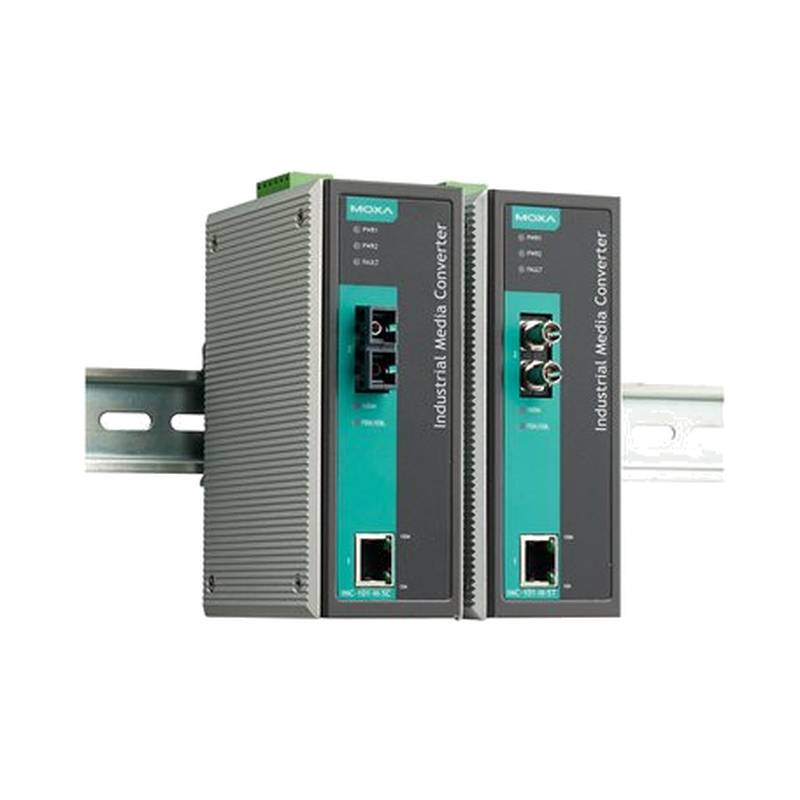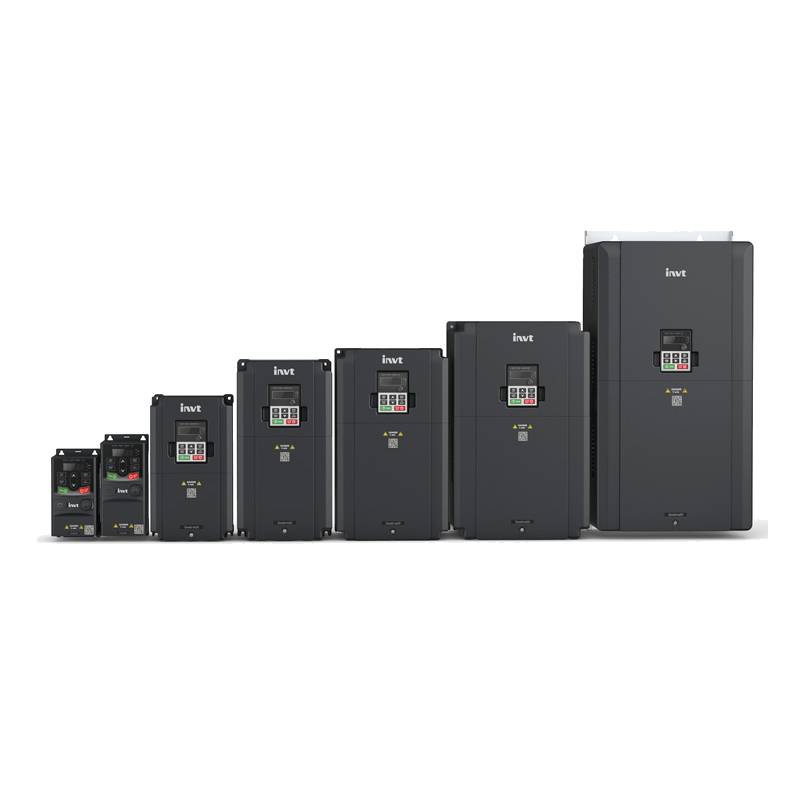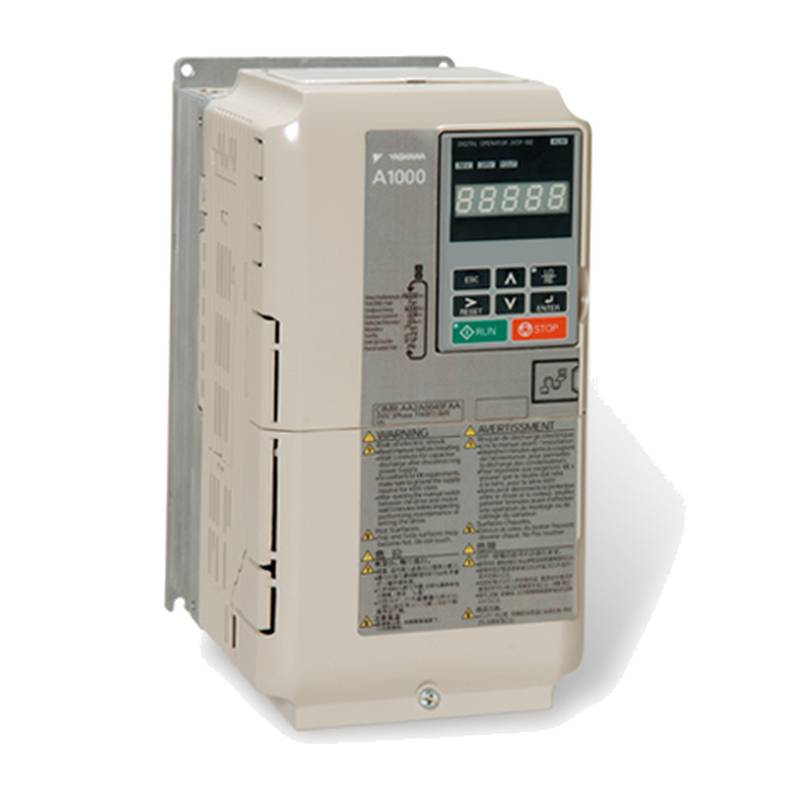
The Siemens 7KT1655 SENTRON PAC1100 Single Phase DIN Rail Power Meter is a compact and efficient solution for precise energy monitoring in industrial and commercial applications. This self-powered device offers direct measurement capabilities for active, reactive, and apparent energy, with a nominal current of 63 A and a voltage range of 187-264V L-N or 323-456V L-L. Its DIN rail mounting design and S0 pulse output facilitate easy integration into existing electrical systems. The Siemens 7KT1655 SENTRON PAC1100 is designed for reliable performance, featuring TRMS measurement for accurate readings under various voltage curve conditions and operating within a frequency range of 45-65 Hz. Its key advantages lie in its cost-effectiveness for entry-level energy management, straightforward commissioning via Siemens' SENTRON powerconfig software, and seamless integration into broader energy management platforms.
Product Specifications
| Specification | Value |
| :---------------------- | :---------------------------------------- |
| Product Designation | SENTRON 7KT PAC1600 |
| Product Type | Measuring Instrument |
| Measured Value Detection | Complete |
| Supply Voltage | Self-powered |
| Nominal Current (In) | 63 A |
| Max. Current (Imax) | 63 A |
| Nominal Voltage (Un) L-N| 187 - 264 V |
| Nominal Voltage (Un) L-L| 323 - 456 V |
| Frequency | 45 - 65 Hz |
| Voltage Curve | Sinusoidal or distorted |
| Measurement Type | Direct measurement |
| Energy Types | Active, Reactive, Apparent energy |
| Display | LCD |
| Mounting | Standard DIN rail |
| Digital Outputs | 1 x S0 Pulse Output |
| Protection Class (Front)| IP40 |
| Protection Class (Rear) | IP20 |
| Dimensions | 4 modular spacings (approx. 72mm width) |
| Weight | 145 g |
| Operating Temperature | Not explicitly specified, standard industrial range assumed |
| Storage Temperature | Not explicitly specified, standard industrial range assumed |
Core Features & Market Positioning
The Siemens 7KT1655 SENTRON PAC1100 is positioned as an economical entry point into sophisticated energy management for small to medium-sized businesses, as well as for specific monitoring needs within larger enterprises. Its core strength lies in providing essential energy data—voltage, current, active, reactive, and apparent power—with high accuracy thanks to True RMS (TRMS) measurement capabilities. This device differentiates itself by offering a robust feature set at a competitive price point, making advanced energy monitoring accessible without requiring extensive system integration expertise. It aligns with industry trends towards digitalization and the need for transparency in energy consumption, supporting initiatives like ISO 50001 energy management standards.
Key Application Scenarios
The versatility of the Siemens 7KT1655 SENTRON PAC1100 makes it suitable for a wide array of applications where precise single-phase energy monitoring is critical. This includes:
Industrial Plants: Monitoring power consumption of individual machines, production lines, or auxiliary equipment to identify areas of high usage and potential savings. Commercial Buildings: Tracking energy usage in tenant spaces, office areas, or retail units to facilitate accurate billing and encourage energy efficiency. Infrastructure: Monitoring critical loads in power distribution panels, sub-distribution boards, or specific circuits within utility infrastructure. Residential Complexes: Detailed energy metering for apartments or common areas within apartment blocks. Data Centers: Basic monitoring of power supply to non-critical loads or as part of a broader power quality assessment strategy.
The device's ability to measure active, reactive, and apparent energy, coupled with its S0 pulse output, makes it ideal for billing, cost allocation, and load profiling applications.
Practical System Integration Guidance
Integrating the Siemens 7KT1655 SENTRON PAC1100 into an existing system is designed to be straightforward. The device mounts directly onto a standard DIN rail, occupying four modular spacings. Wiring involves connecting the line (L) and neutral (N) conductors to the appropriate screw terminals for voltage measurement, and a single current input for measurement up to 63 A. The device is self-powered, drawing power from the measured voltage supply, eliminating the need for an external power source.
For data output, the integrated S0 pulse output can be connected to external pulse counters, data loggers, or building management systems (BMS) to record energy consumption. Siemens offers configuration software such as SENTRON powerconfig, which simplifies parameterization and commissioning, often requiring no specialized programming knowledge. For more advanced data analysis and integration into larger energy management systems, the SENTRON powermanager software can be utilized, allowing for visualization, archiving, and reporting of measured data.
Operation and Risk Mitigation
The Siemens 7KT1655 SENTRON PAC1100 features a simple LCD display and a single button for basic operation and parameter viewing. While detailed error codes are not extensively documented for this specific model, standard operational risks are managed through proper installation and adherence to safety guidelines. It is crucial to ensure that the device is protected by an IEC-approved fuse or miniature circuit breaker, as non-fused voltage measuring inputs can lead to equipment damage. Condensation can also be a risk; therefore, the device should be allowed to reach ambient temperature for at least two hours before connecting to power if there is a significant temperature difference. Overload protection is implicitly handled by the 63 A rating, and any system utilizing the 7KT1655 should have appropriate upstream circuit protection to prevent exceeding this limit.
Scalability & Long-Term Value
The Siemens 7KT1655 SENTRON PAC1100 serves as a foundational element within Siemens' broader SENTRON portfolio for energy management. While it provides essential single-phase energy measurements, its long-term value is amplified through integration with more advanced SENTRON devices and software solutions. For instance, the S0 pulse output can feed data into systems like SENTRON powermanager or powermind, enabling more sophisticated analytics, cloud connectivity, and compliance with ISO 50001 standards. This scalability allows users to start with cost-effective single-phase monitoring and expand their energy management capabilities as needed, without vendor lock-in. The device's compatibility with Siemens' digital ecosystem ensures it remains a relevant component in the evolving landscape of Industrial IoT (IIoT) and smart grid technologies.
Frequently Asked Questions (FAQs)
Q1: What are the primary advantages of the Siemens 7KT1655 SENTRON PAC1100?
The Siemens 7KT1655 SENTRON PAC1100 offers a cost-effective entry into energy management. Its key benefits include direct measurement of vital energy parameters and easy DIN rail installation. This device provides essential data for monitoring and billing purposes, making it ideal for small to medium-sized businesses.
It supports the measurement of active, reactive, and apparent energy, providing a comprehensive overview of energy consumption. The self-powered design simplifies installation by eliminating the need for an additional power source.
The device's compact size and straightforward operation make it an accessible solution for gaining transparency in energy usage, contributing to cost reduction and efficiency improvements.
Q2: Can the Siemens 7KT1655 SENTRON PAC1100 measure power quality parameters?
The Siemens 7KT1655 SENTRON PAC1100 primarily focuses on energy and basic electrical measurements like voltage and current. It measures active, reactive, and apparent energy with TRMS accuracy. While it captures voltage and current values, detailed power quality analysis such as harmonics (THD) or flicker is not a primary feature of this specific model.
For advanced power quality monitoring, Siemens offers other devices within the SENTRON PAC range, such as the PAC4200 or devices integrated with the SENTRON Powermanager software with its PQ Advisor function. These specialized solutions provide in-depth analysis according to standards like EN 50160.
Therefore, while the 7KT1655 provides fundamental electrical data, users requiring detailed power quality diagnostics should consider complementary or higher-tier Siemens solutions.
Q3: What is the voltage and current rating of the 7KT1655 SENTRON PAC1100?
The Siemens 7KT1655 SENTRON PAC1100 is designed for single-phase systems. It operates with a nominal voltage of 230V between Line (L) and Neutral (N), with a permissible range of 187V to 264V. For L-L connections in multi-wire systems, the voltage range is 323V to 456V. The device can measure currents directly up to a nominal and maximum rated value of 63 A.
This direct measurement capability eliminates the need for external current transformers for circuits within this current range. Proper system design should ensure that the connected load does not exceed the 63 A rating to maintain accurate measurements and device longevity.
The frequency range for operation is between 45 Hz and 65 Hz, ensuring compatibility with standard power grids worldwide.
Q4: How is the Siemens 7KT1655 SENTRON PAC1100 installed and commissioned?
Installation of the Siemens 7KT1655 SENTRON PAC1100 is designed for simplicity, primarily involving DIN rail mounting in a control cabinet or distribution board. The device occupies four standard modular spacings. Connections are made via screw terminals for the line and neutral conductors for power and measurement, and the current input. The device is self-powered by the measured voltage supply.
Commissioning is streamlined, often facilitated by Siemens' SENTRON powerconfig software, which allows for easy parameterization without requiring programming expertise. Basic setup involves verifying connections and ensuring the device is correctly integrated into the electrical circuit.
The S0 pulse output provides a digital signal for energy consumption, which can be connected to external counters or data acquisition systems for monitoring and billing.
Q5: Does the 7KT1655 support communication protocols like Modbus or M-Bus?
The Siemens 7KT1655 SENTRON PAC1100 specifically features an S0 pulse output for basic energy data transmission. It does not natively support Modbus RTU/ASCII or M-Bus communication protocols. For devices within the SENTRON PAC1600 series that do offer these communication capabilities, models like the 7KT1651 (Modbus) or 7KT1653 (M-Bus) are available.
Users requiring Modbus or M-Bus connectivity for integration into SCADA systems or advanced energy management platforms would need to select one of the alternative 7KT PAC1600 variants. The 7KT1655 is best suited for applications where a simple pulse output for energy counting is sufficient.
Therefore, if your system requires advanced digital communication, alternative models within the broader Siemens SENTRON range should be considered.
Q6: What types of energy can the Siemens 7KT1655 measure?
The Siemens 7KT1655 SENTRON PAC1100 is capable of measuring several key energy parameters. It accurately quantifies active energy (kWh), which represents the energy consumed for work done. Additionally, it measures reactive energy (kVARh), crucial for understanding inductive and capacitive loads, and apparent energy (kVAh), which is the vector sum of active and reactive power.
This comprehensive measurement suite allows for detailed analysis of energy consumption patterns. The device provides these values with high accuracy due to its TRMS measurement capability, ensuring reliable data for billing, cost allocation, and efficiency analysis.
The device's ability to capture these three types of energy makes it a valuable tool for gaining a holistic view of electrical load characteristics in various applications.
Q7: Is the Siemens 7KT1655 suitable for commercial billing purposes?
Yes, the Siemens 7KT1655 SENTRON PAC1100 is suitable for commercial billing purposes, particularly for single-phase circuits. Its ability to accurately measure active, reactive, and apparent energy provides the foundational data required for energy cost allocation. The integrated S0 pulse output can be easily connected to billing systems or external data loggers.
While the 7KT1655 itself is not MID certified, other models in the 7KT1600 series (like the 7KT1656) are available with MID certification for applications requiring legal metrology compliance. For standard commercial billing where official certification is not a strict requirement, the 7KT1655 provides reliable metering.
Users should verify specific local regulations regarding metering accuracy and certification requirements for billing applications.
Q8: What is the physical size and mounting method of the 7KT1655?
The Siemens 7KT1655 SENTRON PAC1100 is designed for compact installation within standard electrical cabinets. It features a width that occupies four modular spacings on a standard DIN rail (35mm width profile), typically measuring around 72mm across. This modular design allows for efficient use of space within control panels and distribution boards.
The device mounts directly onto a standard 35mm DIN rail, a ubiquitous mounting standard in electrical installations worldwide. This ensures compatibility with most existing panel infrastructure and simplifies the mechanical installation process.
Its dimensions make it suitable for applications where space is limited, offering robust metering capabilities without demanding significant physical footprint.
Q9: What is the power consumption of the Siemens 7KT1655 itself?
The Siemens 7KT1655 SENTRON PAC1100 is designed for energy efficiency and is self-powered by the measured voltage supply. Its own active power consumption is remarkably low, typically around 0.45 W without any expansion modules. This minimal self-consumption ensures that the device does not significantly add to the overall energy load it is intended to monitor.
This low power draw is a critical feature for energy management devices, as it minimizes the device's own energy footprint. It aligns with the overall goal of optimizing energy usage within a system.
The self-powered nature further simplifies installation and reduces wiring complexity, as no separate power supply connection is required for the meter itself.
Q10: How does the 7KT1655 fit into Siemens' broader energy management solutions?
The Siemens 7KT1655 SENTRON PAC1100 is an integral part of the comprehensive Siemens SENTRON portfolio for energy management and power monitoring. It serves as a fundamental data acquisition device for single-phase applications, providing essential measurements. Its S0 pulse output allows it to interface with higher-level systems.
This device can feed data into Siemens' SENTRON powermanager software for detailed analysis, visualization, and reporting, or even into cloud-based platforms like SENTRON powermind via the IoT data platform. This integration supports compliance with energy management standards like ISO 50001.
By offering a scalable entry point, the 7KT1655 allows businesses to begin their energy monitoring journey and expand their capabilities over time, leveraging Siemens' complete ecosystem for industrial digitalization.

















